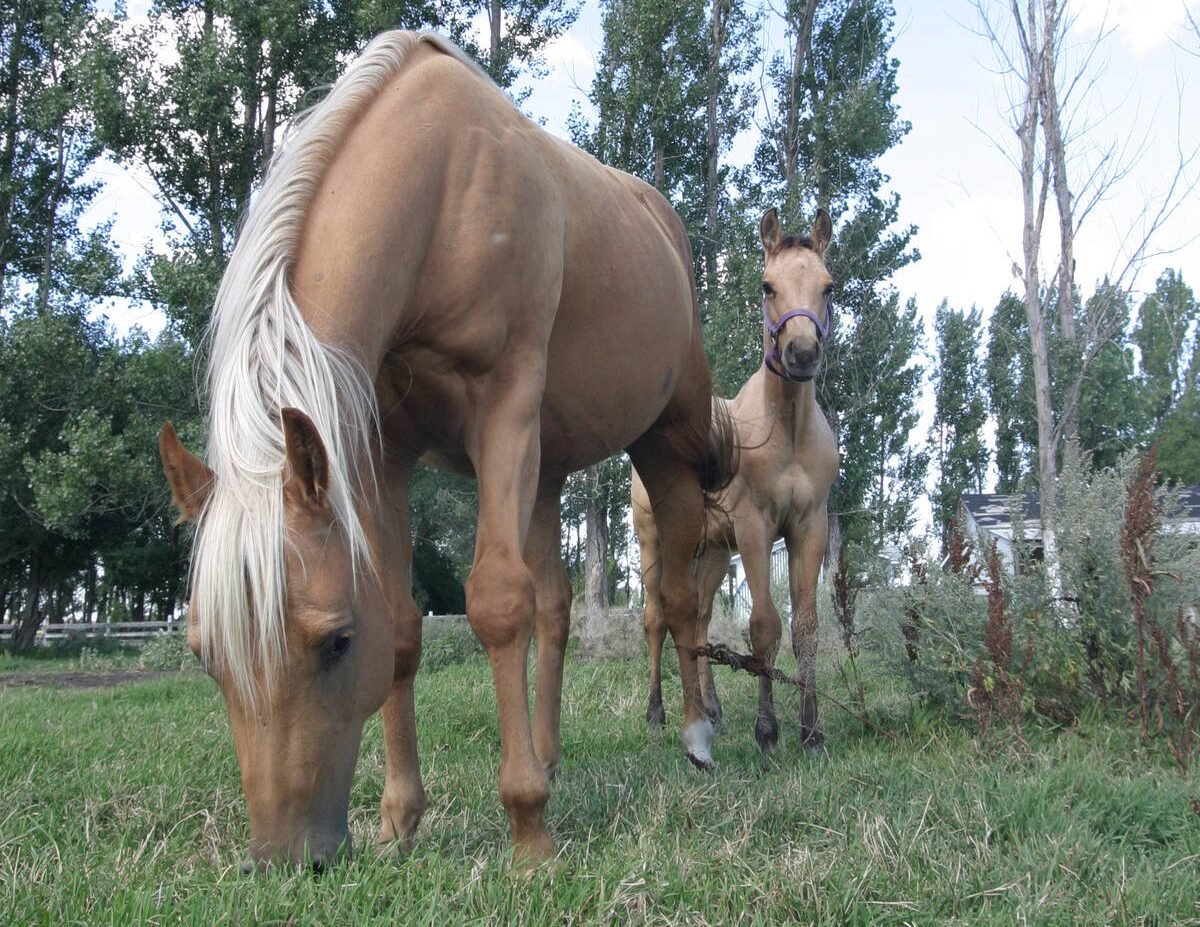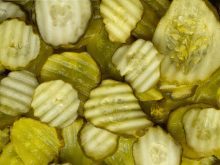The Western Producer publishes hundreds of stories every year, and most of them don’t prompt readers to pick up the phone or compose an email.
When they do, it’s usually about something that has deeply offended their sensibilities or with which they passionately disagree.
However, every once in a while a story comes along that triggers a more positive passion, something that resonates deeply with readers.
One such story was published in our Aug. 18 issue. It was about restoring old barns.
Read Also

Growth plates are instrumental in shaping a horse’s life
Young horse training plans and workloads must match their skeletal development. Failing to plan around growth plates can create lifelong physical problems.
The story was written by Producer reporter William DeKay about the Schmid brothers, who spent countless hours and dollars saving a hip-roof barn that their grandfather had built in Saskatchewan in 1935.
This tale about a labour of love and a determination to rescue a family’s heritage from oblivion obviously had an impact on Gord from Birch Hills, Sask. The ink had barely dried in that issue when he called to tell us about the work he did to save three old barns by, as he phrased it, “putting tin on them.”
Not long after that, Eugene Keenan wrote an email to tell us about his own barn project.
His grandparents had emigrated from what was then Czechoslovakia and homesteaded in the Peace River country of northeastern British Columbia in the early 1930s.
Keenan’s grandfather built the farm’s buildings using the trees that were felled while clearing the land.
His uncle and aunt took over the farm when his grandparents moved to a new homestead, and they lived there until 2010.
The buildings were in bad shape when Keenan moved to the farm a few years ago, and he decided to restore the barn in memory of his grandparents.
“I found it interesting that a week or so after I finished my barn project there was a story in The Western Producer about some other people doing the same thing,” he wrote in his email.
“Obviously the barn in your story was larger and took a lot more work, but I think both barns were done for basically the same reasons of honouring our grandfathers and our heritage.”
When I hear these kinds of stories, it becomes obvious that the desire to preserve family history continues to run deep among many of our prairie readers.















